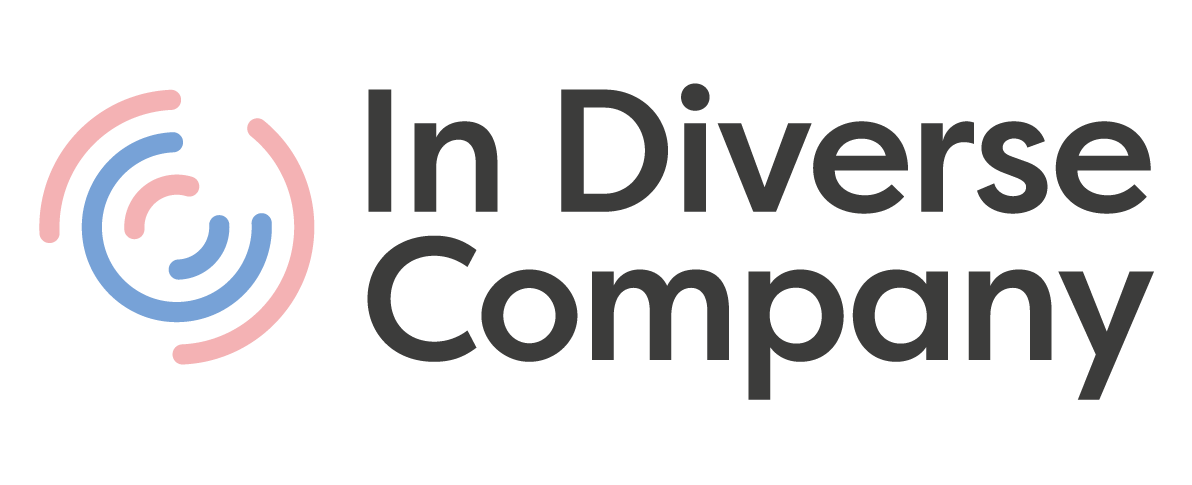By Saloni Bhatia, Psychology Researcher
Organisations are gradually but surely recognising the value of applying behavioural science to drive D&I.
Let’s start with understanding –
What is behavioural science?
Behavioural science is a multi-disciplinary field that aims at understanding and influencing people’s behaviours by incorporating insights from subjects such as psychology, economics, neuroscience, and anthropology. These insights have been leveraged across sectors and functional areas, including in product design, marketing, and HR. They also play an influential role in determining the effectiveness of D&I interventions.
Below are three ways in which behavioural science has been used to drive more sustainable inclusion in the workplaces:
- Identify the best messengers:
The ‘’messenger effect’’ highlights the importance of the person who communicates information. We tend to ascribe greater importance to messages communicated by individuals with authority, from experts, as well as from people demographically similar to us[i]. This suggests we would also be more likely to change our behaviour when exposed to such messengers.
Organisations can leverage this as part of their talent attraction strategies when it comes to both, recruitment and promotion. For instance, during outreach work at schools and universities, corporates must ensure diverse speakers (e.g., female employees or employees from Black, Asian and other marginalised ethnicities). More visibility of senior leaders from minority groups along with opportunities to interact with them can further encourage the progression of individuals from minority groups as it demonstrates that such career paths are attainable.
- Recognise and influence social norms:
Social norms refer to behaviours that are collectively accepted and followed within certain groups or societies. In some cases, these have the power to hamper diversity and equality. For instance, in some societies, there are social norms that state that women cannot work. However, such social norms can be modified. Research co-authored by Nobel Prize winner, Esther Duflo, found that reserving political jobs for women in Indian villages, led to more visible female politicians, resulting in improved career aspirations and educational outcomes for women[ii]. This ‘’role model effect’’ (which can also be linked to the messenger effect) can thus help to reduce the gender gap and other inequalities.
Another example of social norms being used is with respect to encouraging men to take up flexible working. One study by the Behavioural Insights Team found that while men wanted to take longer parental leave, they felt their co-workers would not be supportive of this[iii]. However, on being told that the majority of their male co-workers supported flexible working, the number of men who expressed interest in working more flexibly increased.
Thus, understanding existing social norms, identifying ways in which they can be modified, and making these changes visible, can help enhance diversity and inclusion.
- Using incentives
While ensuring diversity and inclusion has important societal, organisational, and individual implications, progress has often been slow. Incentives, both monetary and non-monetary, have long been used to encourage behaviour change – they are now also being used to drive accountability and change in D&I.
For instance, Starbucks has proposed additional shares for senior leaders if their managerial teams increase in diversity; at EY, executives can only move beyond a certain grade if they have demonstrated efforts to improve diversity, inclusion, and equality.
However, an important caveat to keep in mind here is that external, financial incentives could have unintended consequences. Research finds that when a behaviour is driven by an external reward, people are less likely to engage in that behaviour in the future, without these incentives. Thus, there is a need for organisations to examine how incentives (or the lack of them) link to behaviour change and D&I improvements.
Conclusion
It is clear that behavioural insights can drive systems change as well as changes in individual behaviours. However, we recommend organisations take a rigorous, research-oriented approach and evaluate in-depth questions such as – What are the baseline behaviours / numbers? What is the intervention being planned? What might be barriers to this change? What might be the unintended consequences of these interventions? What does success look like? Data collection and analysis at regular intervals are key to understanding the effectiveness of behaviour science based interventions.
_
[i] https://www.instituteforgovernment.org.uk/sites/default/files/publications/MINDSPACE.pdf
[ii] https://news.mit.edu/2012/female-politicians-0113
[iii] https://www.bi.team/wp-content/uploads/2021/06/PI-dual-trial-report-080621-for-upload.pdf
[iv] https://www.wsj.com/articles/ceos-pledged-to-increase-diversity-now-boards-are-holding-them-to-it-11622626380
[v] https://www.instituteforgovernment.org.uk/sites/default/files/publications/MINDSPACE.pdf
Liked this article? Share it with your network:
Here’s your next read: an article on the various behaviour theories that can be used for effective learning and behavioural change.
Behavioural insights can drive systems change as well as individual behaviour change. However, organisations must take a rigorous, research-oriented approach and evaluate in-depth questions such as – What are the baseline behaviours / numbers? What is the intervention being planned? What might be barriers to this change? What might be the unintended consequences of these interventions? What does success look like?






